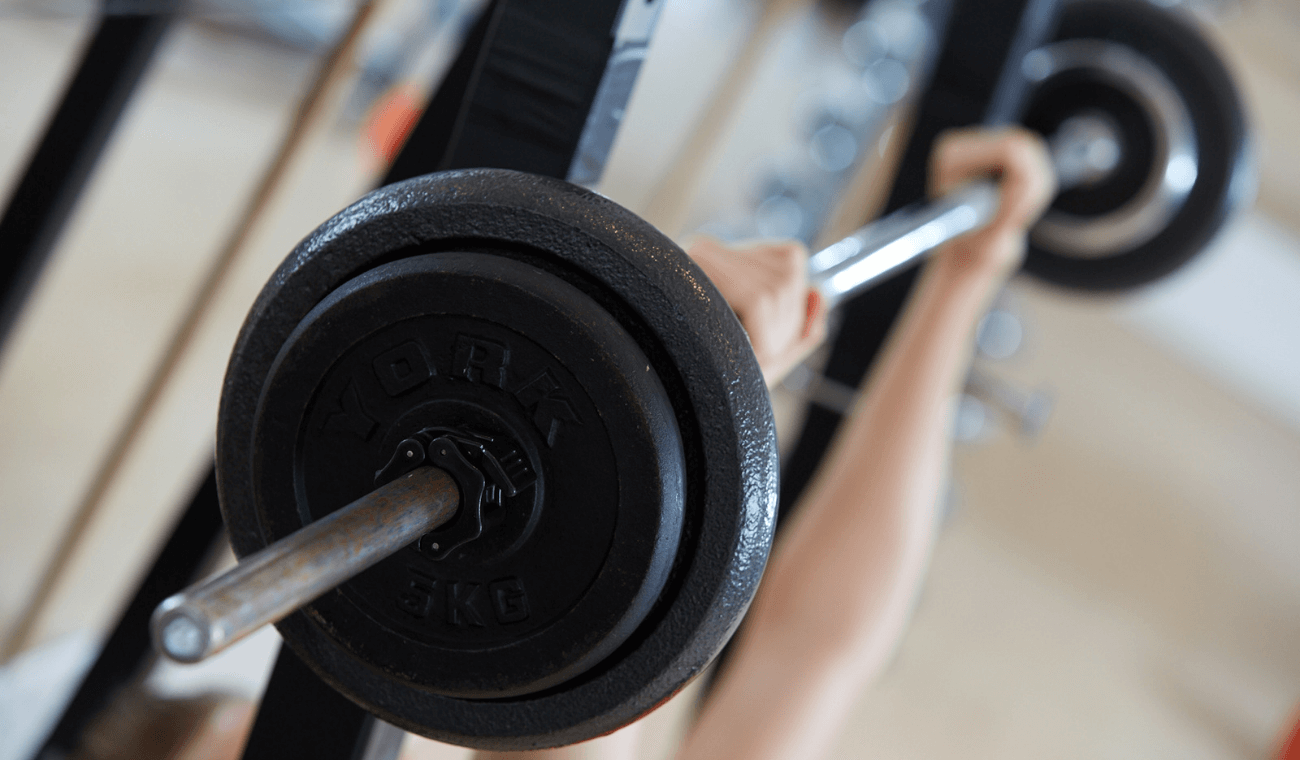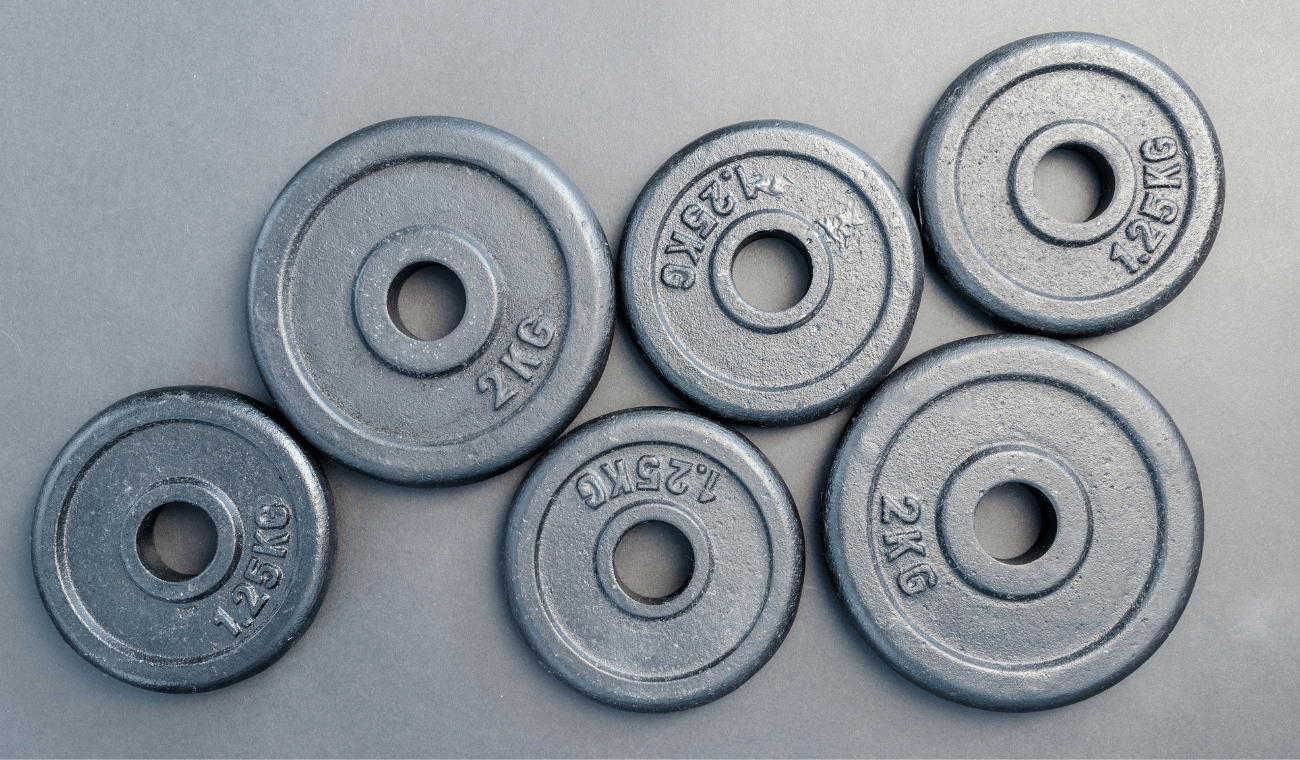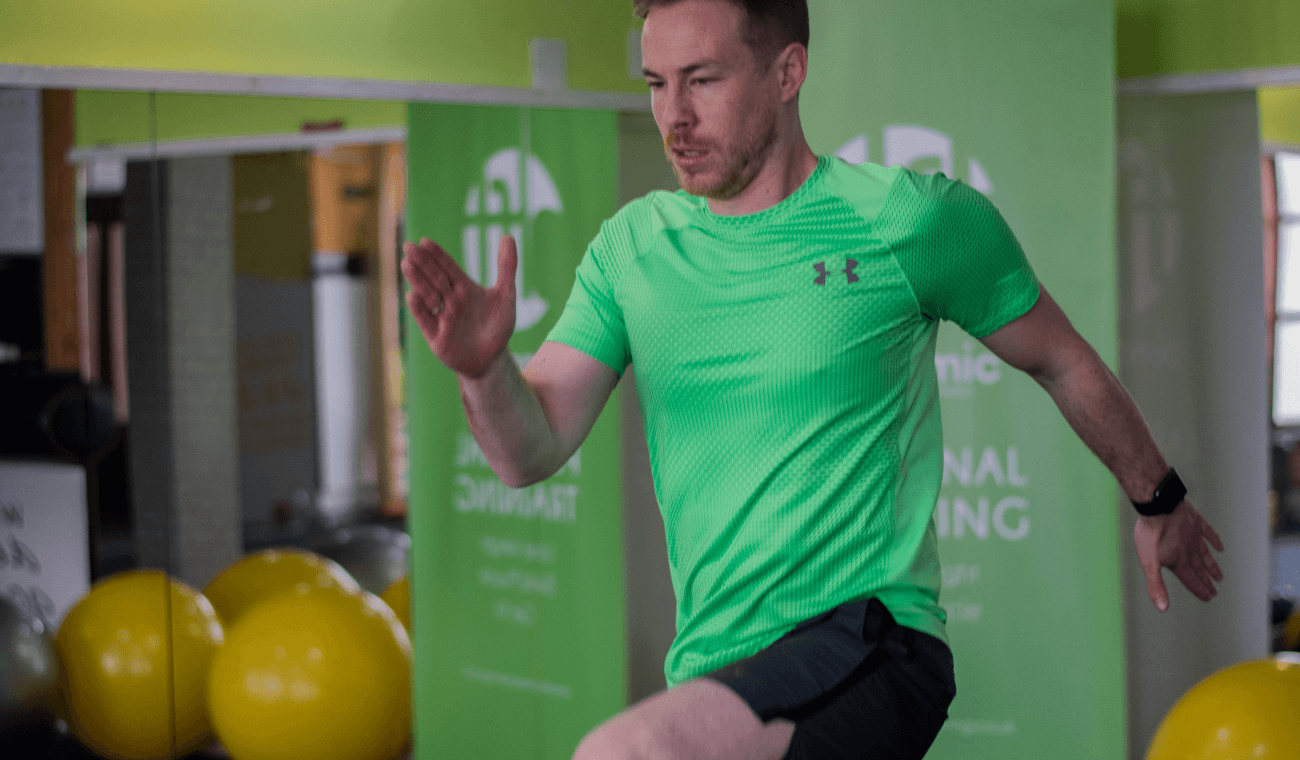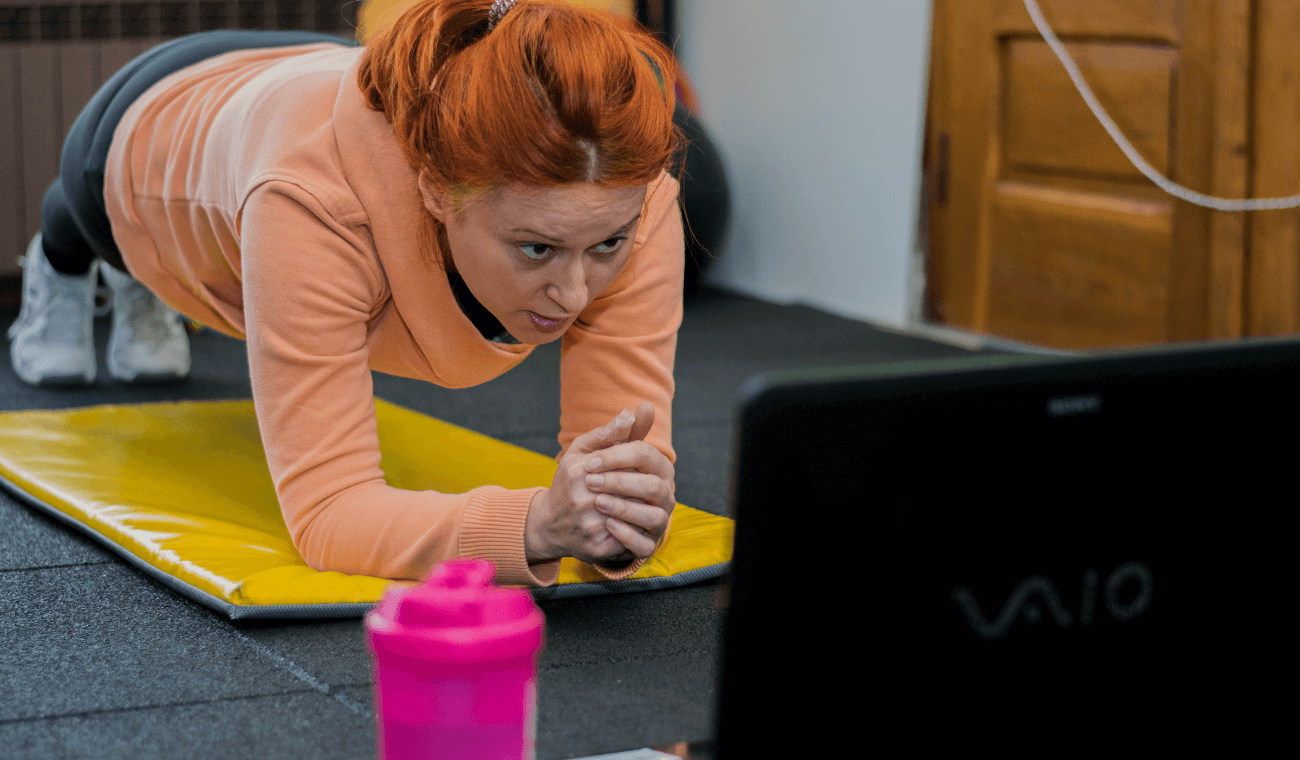Following a training session, it can be sometimes painful to complete basic tasks such as lifting, twisting or even walking. You regret your exertions the day before and, if trained by us at Dynamic Fitness Training, will probably curse the name of your trainer!
Welcome to the phenomenon that is: DOMS! DOMS or delayed onset of muscle soreness to give it its full name, is muscular pain which develops around 24-48 hours following a training session. Its delay can sometimes come as a surprise. At the completion of a workout you can be feeling great – endorphins flying around – ready to take on the world. 24 hours later, you desperately seek seclusion from anyone who is even remotely funny for fear of causing a haemorrhage if you are to even snigger, let alone laugh. So why do these muscles get so sore after a workout?
DOMS is effectively the result of minor tears to the muscles. The microtrauma results in an inflammatory response. The delay is due to this inflammatory response with a rise in blood cells heading to start the healing.
Muscular contractions
Eccentric loading of the body is the main culprit for such soreness. When we exercise, we have three main forms of muscular contraction:
- Concentric (think, the effort part of an exercise eg, the pull on a lat pulldown or the push on a bench press);
- Isometric (length of the muscle stays the same eg, the bottom part of a squat if you hold the position for two seconds before exploding upwards);
- Eccentric contraction (the part of an exercise we are strongest in which involves lengthening of the muscle, eg, lowering down on a squat, bench press or biceps curl – we never fail on this element, it’s the push or pull upwards that we struggle with). So whilst eccentric loading may be our strongest segment of any exercise, it’s also the one where our sarcomeres (muscle tissue) experience the most disruption.
These microtears are nothing to worry about, however. In fact, they are simply a sign that the body is now trying to repair these muscles, so they are stronger and able to withstand such a ‘trauma’ or in other words ‘training session’ like that in the future. If the muscles are able to withstand the same stimulus in the future without the same damage, guess what? It means your muscles have got stronger and more durable.
If the pain is too much?
Try an Epsom salts bath to boost magnesium levels or ibuprofen to reduce the swelling. However, the most effective manner to reduce the pain of DOMS is to keep training regularly so that your body adapts to increased stimulus.
Remember, the pain is temporary!











